Coriolanus
I Coriolanus engages performance by voicing many of the same biases that motivated sixteenth- and seventeenth-century writers hostile to theatre. These include a concern for the relation between theatre and society; anxiety about both the dangerously affective power that theatre exercises over audiences and the anarchic power exercised by audiences; and a fixation on the role that the body plays in mimetic processes. Coriolanus foregrounds these issues in the hero's relationships to the Roman and Volscian people, which unfold in a series of markedly performative encounters. The overwhelming aspects of performance are described in the offstage events surrounding Coriolanus' victory procession, where the hero's Roman audience is rapt by the sight of the conquering general, and respond to him in this political ceremony "As if that whatsoever God, who leads him, / Were slily crept into his human powers, / And gave him graceful posture" (TLN 1138-40; 2.1.215-17). (1) But the relationship between performance and society, and the elision of performative and political power are even more pronounced when focused upon Coriolanus' displayed body in the scar ceremony, where the trajectory of power turns in the plebeian audience's favor. The Third Citizen asserts the people's democratic voice: "For, if he show us his wounds, and tell us his deeds, we are to put our tongues into those wounds, and speak for them; so if he tell us his noble deeds, we must also tell him our noble acceptance of them" (TLN 1392-96; 2.3.5-9). The comment suggests the plebeians demanding a role in the ceremony that treats Coriolanus' body as a symbolic vehicle for Roman democracy, a role they perform in Act Three, where the stage-managed events see Coriolanus removed from Rome. Thus the play portrays social performance as a powerful political phenomenon, but at the same time it suggests a danger to the actor, and treats the onstage audience--those within the fictional world of the play who witness social performances--with a measure of distrust. As Jonas Barish remarked in his survey of antitheatrical prejudice some time ago, the attitudes towards performance represented in Coriolanus have deep roots in Western culture. (2) Others have argued that similar attitudes in fact continue to manifest themselves in critical discourse about theatre and drama: not only do theatre historians demonstrate a preference for printed language over enacted performance by neglecting the affective, overwhelming aspects of theatre, they have also ignored the crucial role that audiences play in shaping theatrical events. (3) In the field of early modern English drama studies, Keir Elam has persuasively argued that, while late Twentieth-Century Shakespeare scholars--specifically New Historicists--have turned, like semioticians before them, towards a study of the body in performance, their conception of the body has become "bookish": What happens, then, to bodies in the Shakespeare Corp is that they become part of a great chain of beings, linked through textual relations in the corpus, the 'vast open book' of the world. The early modern body turns out to be more bookish than corporeal, its readability guaranteed by the fact that it is already constituted by the play of discourses and intertexts. ("In What Chapter?" 152-53) Elam asserts that because "the primary intertexts of Shakespeare's bodies are found to be medical treatises.... Shakespeare's bodies are no longer signifiers but symptoms, and the study of their place in the drama is not, in fact, a semiotics but a 'symptamotology' ... or semeiotics, 'the branch of medical sciences relating to the interpretation of symptoms'" (153). One implication of this situation is that the symptamotological readings Elam describes do not necessarily rely upon sustained analyses of the exchange between actors and audience, they only require literary intertexts. Elam discerns another implication in what he regards as the semeiotic habit of collapsing "the distinction between 'the two bodies,' the represented body of the dramatis persona and the 'body natural' of the actor," namely "a return to a Puritan aesthetic, or anti-aesthetic, of the drama as pathology" (153). â¦
{{comment.content}}
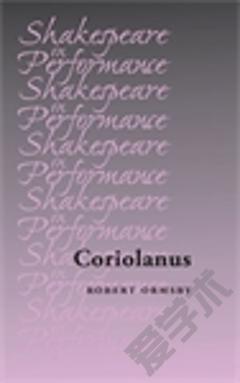
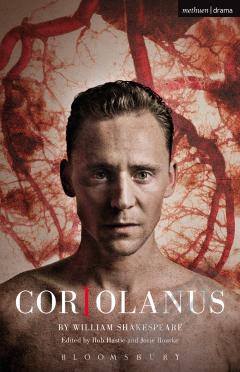
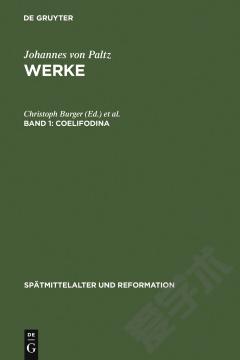
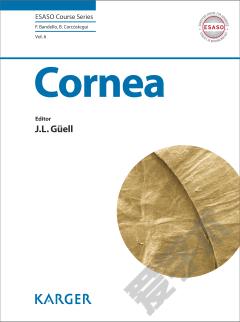


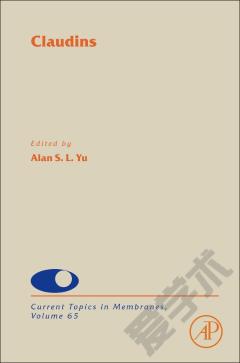

 京公网安备 11010802027623号
京公网安备 11010802027623号